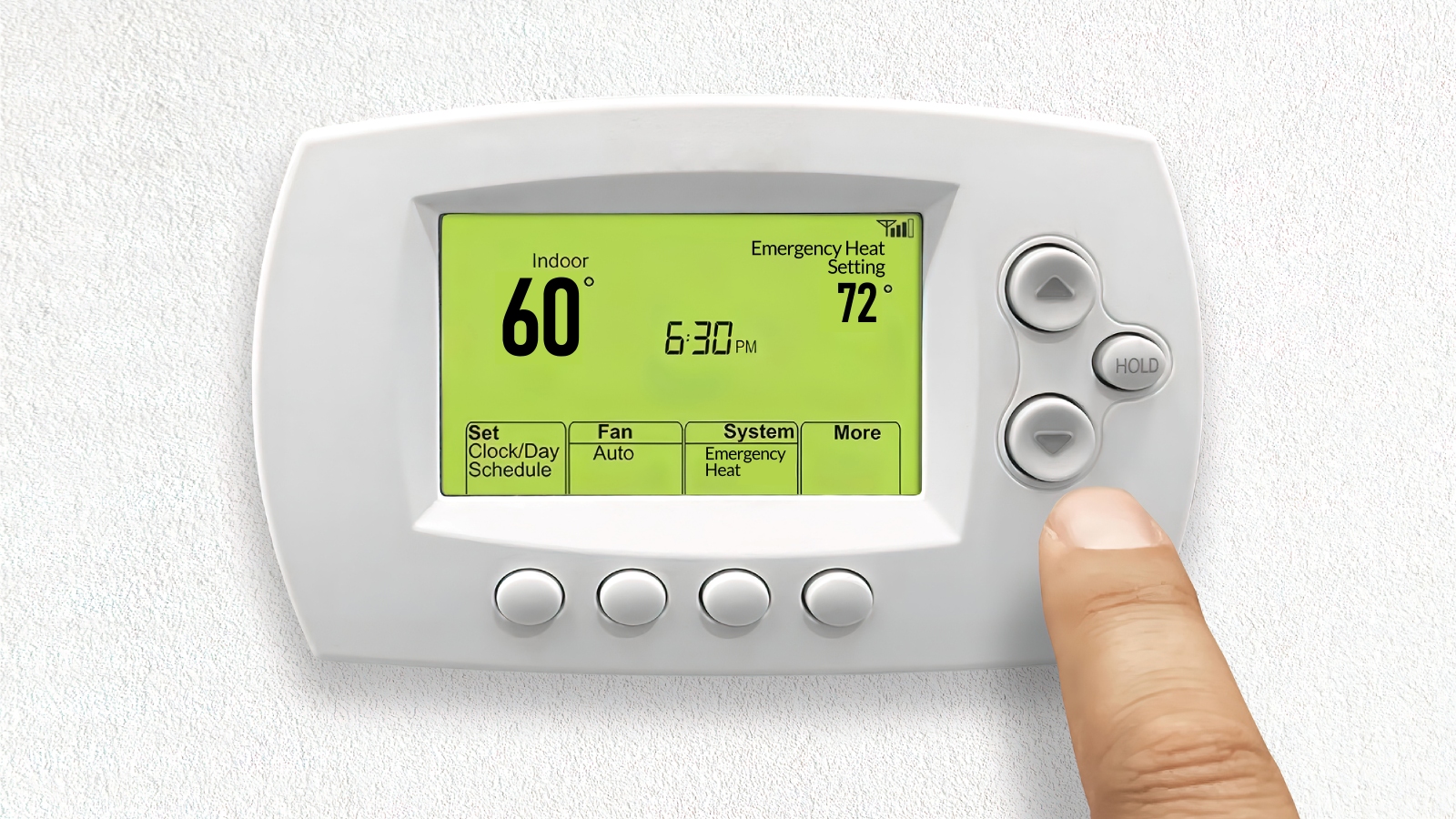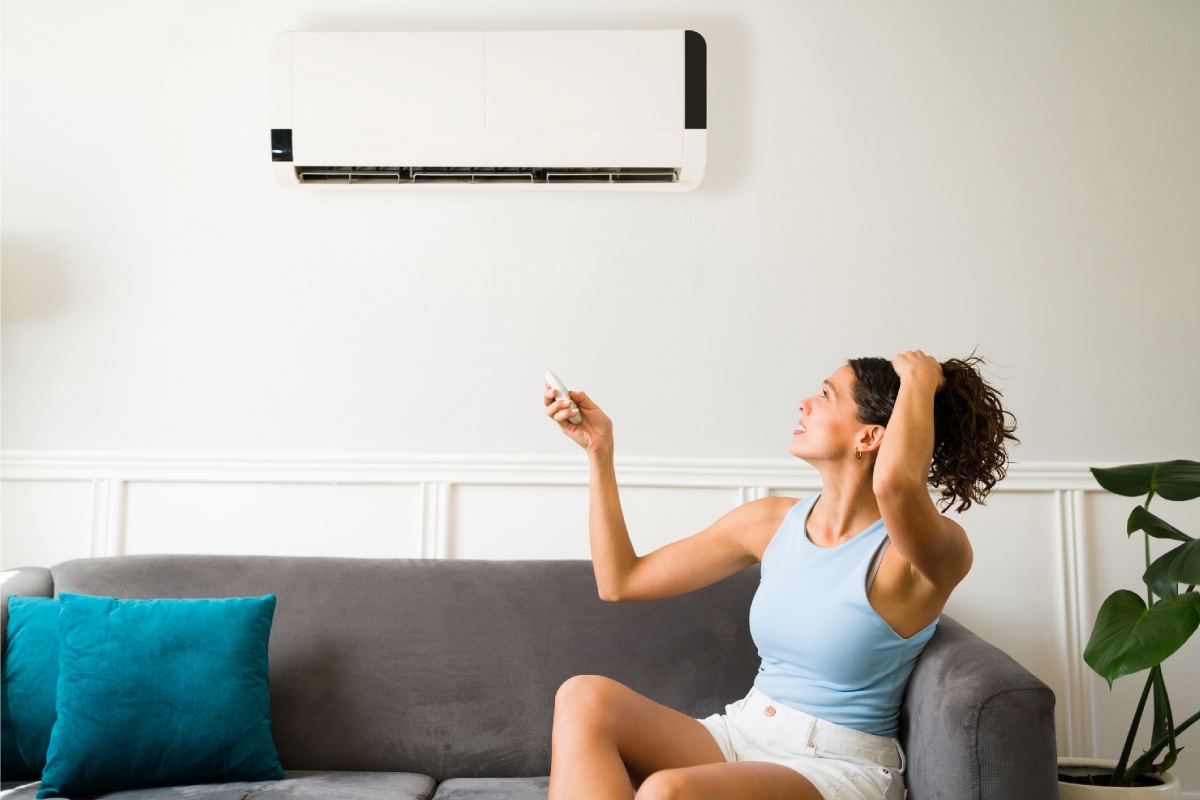
Understanding the Emergency Heat Option on Thermostats
In colder climates, having a reliable heating system is crucial for maintaining comfort and safety during the winter months. Many modern thermostats come equipped with various settings and options to optimize heating efficiency. One such feature is the emergency heat option, which serves a specific purpose in certain situations. Understanding what this option entails and when it should be used is essential for homeowners to ensure the proper functioning of their heating systems and to avoid potential issues.
What is Emergency Heat?
The emergency heat option, often labeled as “EM Heat” on thermostats, is a setting that activates a backup heating system in situations where the primary heating system is unable to adequately warm the home. This backup system typically relies on electric resistance heating, which can generate heat independently of the primary heating source, such as a heat pump or furnace.
When to Use Emergency Heat
- Primary Heating System Malfunction: The emergency heat option should be used when there is a malfunction or failure in the primary heating system. This could occur due to mechanical issues, sensor failures, or power outages affecting the primary heating source.
- Extreme Cold Weather: In regions experiencing extremely low temperatures, especially below the balance point of a heat pump (typically around 35-40 degrees Fahrenheit), the heat pump may struggle to extract sufficient heat from the outdoor air. In such cases, switching to emergency heat can provide a more reliable and immediate source of warmth.
- Defrost Cycles: Heat pumps undergo defrost cycles to remove ice buildup from the outdoor unit during cold weather. These cycles temporarily stop the heating process, which can lead to a temporary drop in indoor temperature. Activating emergency heat during defrost cycles ensures continuous heating without interruptions.
How to Use Emergency Heat
Using the emergency heat option is straightforward, but it’s essential to understand its implications:
- Locate the Thermostat Setting: On most thermostats, the emergency heat option is labeled as “EM Heat” or “Emergency Heat.” It may be found within the settings menu or as a separate switch, depending on the thermostat model.
- Activate When Necessary: Only switch to emergency heat when the primary heating system is malfunctioning or when outdoor temperatures are exceptionally low. Continuous use of emergency heat can significantly increase energy costs since electric resistance heating is less efficient than heat pumps or gas furnaces.
- Monitor System Performance: While emergency heat can provide a temporary solution, it’s essential to address any issues with the primary heating system promptly. Continuously relying on emergency heat without repairing the primary system can lead to higher energy bills and potential long-term damage.
- Seek Professional Assistance: If you find yourself frequently relying on emergency heat or if the primary heating system consistently fails to maintain indoor comfort, please contact us so our technicians can diagnose any underlying issues and recommend appropriate solutions to ensure efficient and reliable heating.
The emergency heat option on thermostats serves as a valuable backup system for maintaining indoor comfort during emergencies or when primary heating systems are unable to operate effectively. By understanding when and how to use this feature, homeowners can ensure their homes remain warm and cozy even in the coldest of weather conditions. However, it’s essential to use emergency heat option cautiously and address any underlying issues with the primary heating system promptly to avoid excessive energy consumption and costly repairs.
continue reading
Related Posts
Here’s what renters should know about North Carolina laws regarding landlords’ responsibilities for air conditioning in rental properties.
While these popular social media hacks may seem like a quick and cost-effective solution, they can pose significant threats to your safety and home.
One simple yet effective way to enhance comfort and energy efficiency during these warmer months is by adjusting the direction of your ceiling fan’s rotation.




